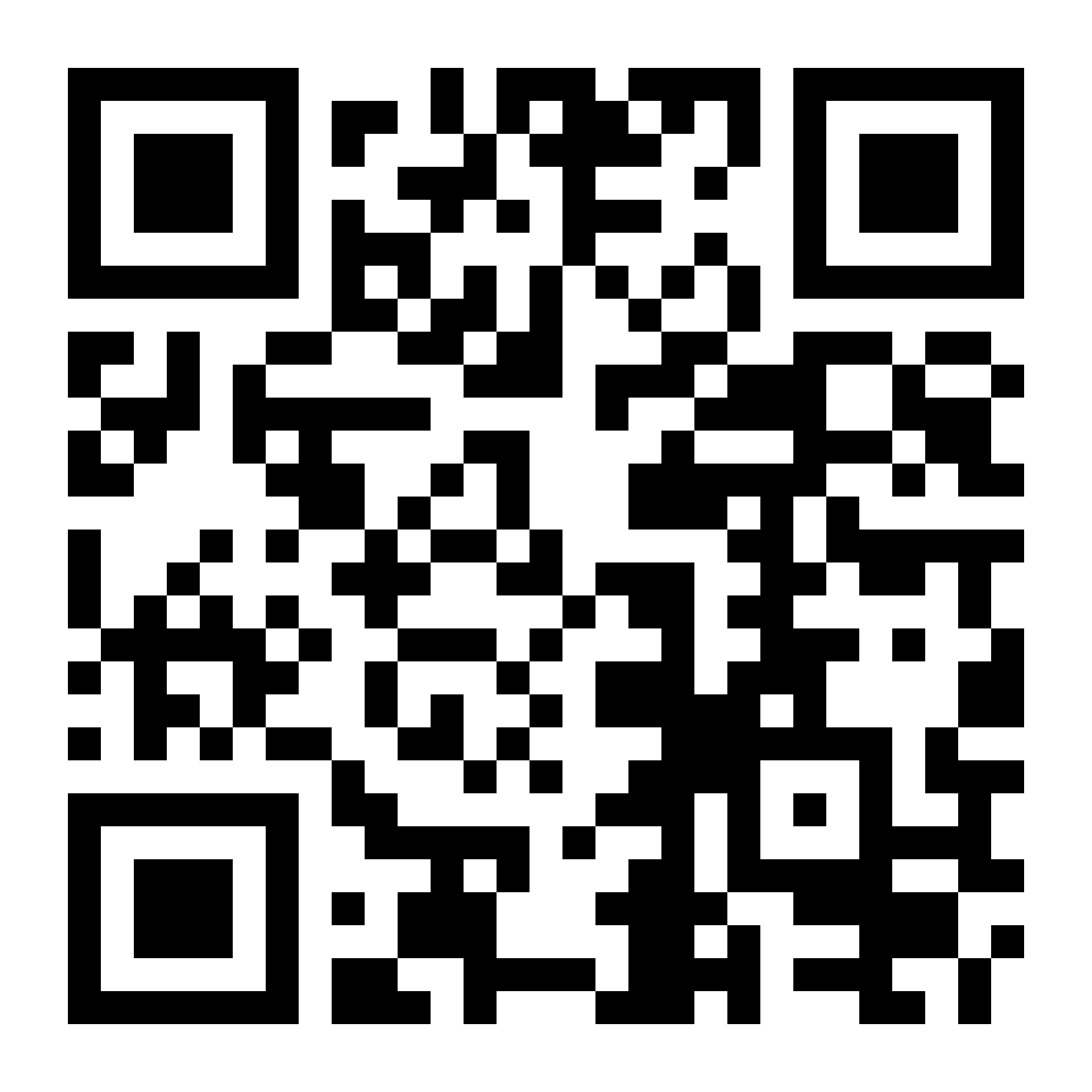An overdraft is a financial facility that allows individuals and businesses to withdraw more money than what is available in their current account, up to a certain limit. It acts as a short-term credit option to manage cash flow gaps or unexpected expenses. Understanding how overdrafts work, their types, fees, and protection options is essential to use them wisely and avoid costly surprises. If you’re considering other financing options, you can check your business loan eligibility to explore tailored funding solutions.
What is overdraft?
An overdraft occurs when you withdraw money beyond the available balance in your bank account, creating a negative balance. Banks allow this up to an agreed limit, charging interest only on the overdrawn amount. Overdrafts provide flexibility to cover short-term liquidity needs without the formalities of a loan. However, using an overdraft without a proper plan can lead to fees and increased debt.
Types of overdraft
Arranged overdraft
An arranged overdraft is a pre-approved facility set up with your bank. It comes with an agreed credit limit and specific terms regarding interest rates and fees. You can use the overdraft whenever needed, knowing the limits and costs upfront. This option offers better control and usually lower charges than unarranged overdrafts.
Unarranged overdraft
An unarranged overdraft happens when you withdraw beyond your account balance without prior approval or exceed your arranged limit. It is often treated as a breach of terms, resulting in higher fees and penalties. Unarranged overdrafts should be avoided due to the costly implications and negative impact on your credit rating. To avoid surprises and explore easier financing, you may want to check your pre-approved business loan offer available to you.
Features of an overdraft facility
- Flexible borrowing limit: You can access funds up to the agreed overdraft limit.
- Interest charged on used amount: Interest applies only to the amount you have overdrawn, not the full limit.
- Repayment terms: You can repay the overdraft at any time, reducing interest costs.
- Linked to current account: Overdrafts are typically tied to your existing bank account for easy access.
Overdraft fees and charges
| Fee type | Description |
|---|---|
| Interest rate | Charged on the overdrawn amount daily or monthly, depending on the bank. |
| Arrangement fee | A one-time fee for setting up the overdraft facility, sometimes waived. |
| Overlimit fee | Charged if you exceed your agreed overdraft limit. |
| Returned item fee | Fee for payments that bounce due to insufficient funds. |
Overdraft protection options
| Protection type | Description |
|---|---|
| Linked savings account | Automatically transfers funds from your savings to cover shortfalls in your current account. |
| Credit card link | Allows your credit card to cover overdraft amounts temporarily, often at a lower rate. |
| Personal loan link | A pre-approved personal loan that can be used to clear overdrafts and manage repayments. |
Pros And cons Of overdraft
| Pros | Cons |
|---|---|
| Quick access to emergency funds | Higher interest rates compared to loans |
| Flexible and convenient borrowing | Risk of falling into a debt cycle |
| Helps manage short-term cash flow | Additional fees can increase costs |
Tips on how to pay off an overdraft effectively
- Monitor your account regularly to avoid unexpected overdrafts.
- Budget carefully to reduce reliance on overdraft facilities.
- Repay overdrafts as soon as possible to minimise interest charges.
- Consider alternative financing options if you need longer-term funds.
Conclusion
An overdraft can be a useful financial tool when used responsibly, offering flexibility and quick access to funds. By understanding the types, features, fees, and protections available, you can manage your overdraft effectively and avoid unnecessary costs. For more substantial funding needs, consider applying for a business loan to support your financial goals.















